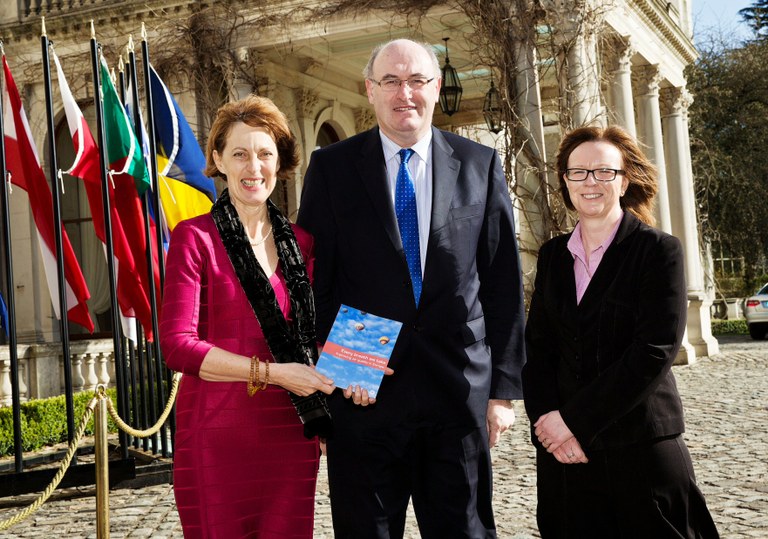Air quality in Europe has improved greatly in recent decades. Incidents like the week-long smog episode in London during December 1952 which killed several thousand people have not occurred in Europe for many years. However, air pollution is still a problem with severe impacts.
Air pollution can trigger and aggravate respiratory diseases; it can damage forests, acidify soils and waters, reduce crop yields and corrode buildings. In particular, pollution from particulate matter and pollution from ozone pose serious health risks to European citizens. Almost one third of Europe's city dwellers are still exposed to excessive concentrations of airborne particulate matter. Air pollution is also found to reduce the life expectancy of the average city dweller by eight months in Europe, or up to two years in some areas.
Emissions from car exhausts in urban areas; forest fires; ammonia emitted by agriculture; coal-fired power plants across the planet; and even volcano eruptions affect the quality of the air we breathe. In some cases, the pollutant sources are located thousands of kilometres away from where the damage occurs. We can also see that many air pollutants contribute to climate change and that climate change itself is going to affect air quality in the future.
Signals 2013
Signals 2013 - Every breath we take consists of short and accessible articles covering a wide range of aspects related to air quality. They include, among others, the state of Europe’s air today, main information sources, links between climate change and air, the way different pollutants can form in the atmosphere, and a short overview of the European legislation affecting air quality. The 2013 edition is prepared in the context of the European Year of Air, when EU policy makers are planning to revisit air quality laws.
It was launched in Ireland by Minister Phil Hogan T.D., at the Air Science Policy Forum, an event organised on 15th April by the Irish Environmental Protection Agency and Department of the Environment, Community and Local Government, as part of the Irish Presidency of the European Union.

Jacqueline McGlade; Phil Hogan, Irish Minister for Environment; Laura Burke, Director General of the Irish EPA.
The publication is illustrated with a remarkable series of photographs taken by the public. These pictures were submitted in a photostory competition ImaginAIR organised by the EEA in 2012, which asked participants to tell their story about air in three pictures.
Signals will be available in 26 European languages as e-book and PDF in coming weeks. It will also be available in print in some languages.

Document Actions
Share with others